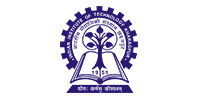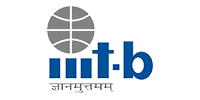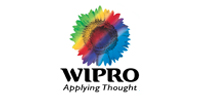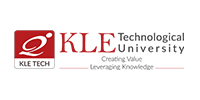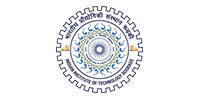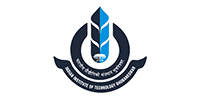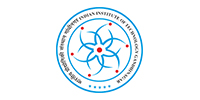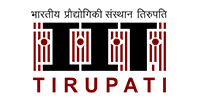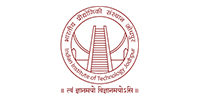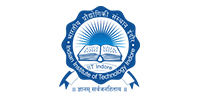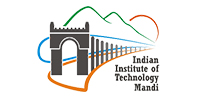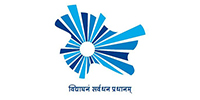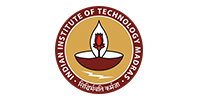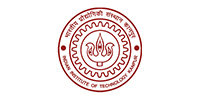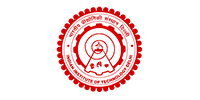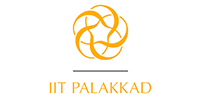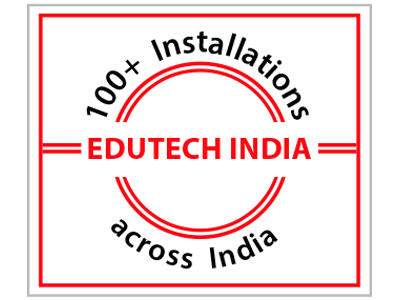Edutech Autonomous Vehicles Research Studio
Self-Driving Cars & Aerial Vehicles
Turnkey Labs – Algorithms & Software Development - Research Projects & Curriculum - Competitions

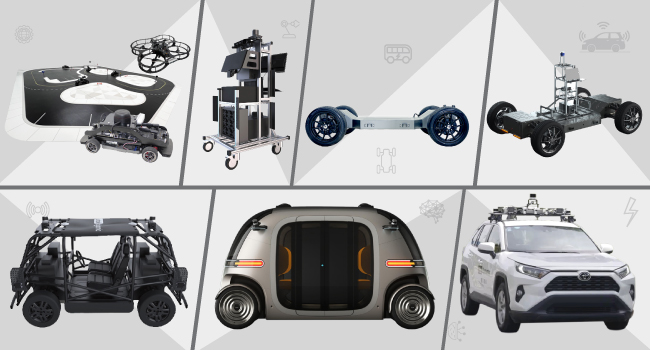
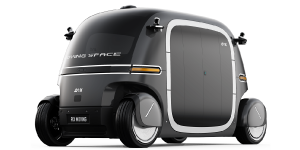
Jumpstart your Autonomous vehicles for teaching and Research with world-class platforms. Ideal solution for academics & corporates looking to build a multi-vehicle (Aerial & Ground) research program in a short time.
Autoware
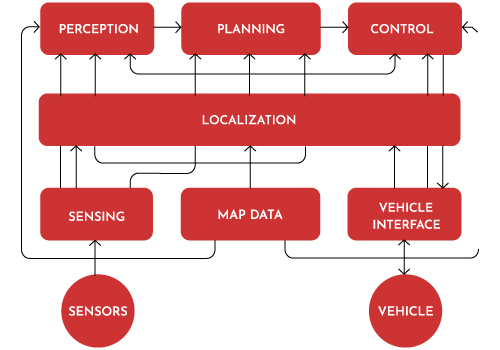
Autoware is the world’s leading open-source software project for autonomous driving. Autoware is built on Robot Operating System (ROS) and enables commercial deployment of autonomous driving in a broad range of vehicles and applications. Supported by the Autoware Foundation, Autoware consists of all the functionality required for autonomous driving (i.e., perception, localization, planning, control) in a modular architecture with crisply defined interfaces and APIs.Supported by the Autoware Foundation, Autoware consists of all the functionality required for autonomous driving (i.e., perception, localization, planning, control) in a modular architecture with crisply defined interfaces and APIs.
Self-Driving Car
Research Studio
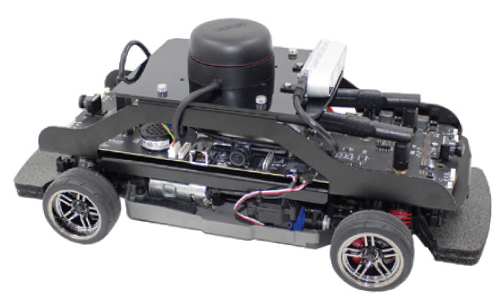
Advancements in sensor and software technologies are enabling cutting-edge autonomous vehicle research and development. From accurate sensing of the environment to implementing intelligent algorithms for safe and efficient autonomous driving, these complex and diverse applications pose significant challenges to researchers. The Quanser Self-Driving Car Research Studio is the ideal platform designed specifically for academic research. Use it to jump-start your research, and scale your existing vehicle fleet, while leveraging multiple software environments. The studio brings you the tools and components you need to test and validate dataset generation, mapping, navigation, machine learning, artificial intelligence, and other advanced self-driving concepts.
QCAR: Sensor-rich autonomous vehicle for self-driving applications
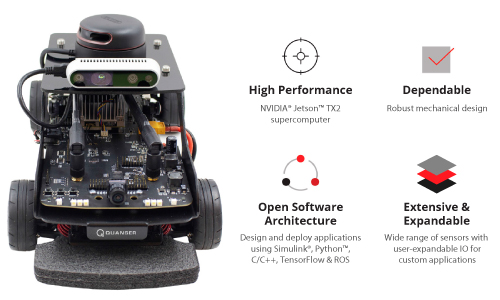
QCar, the feature vehicle of the Self-Driving Car Research Studio, is an open-architecture, scaled vehicle designed for academic research. It is equipped with a wide range of sensors including LIDAR, 360-degree vision, depth sensor, IMU, encoders, as well as user-expandable IO. The vehicle is powered with an NVIDIA® Jetson™ TX2 supercomputer that gives you exceptional speed and power efficiency. Working individually or in a fleet, QCar is the ideal vehicle for validating your research concepts such as dataset generation, mapping, navigation, machine learning, artificial intelligence, and many more.
Open Source Autonomous Driving Development and Education Kit
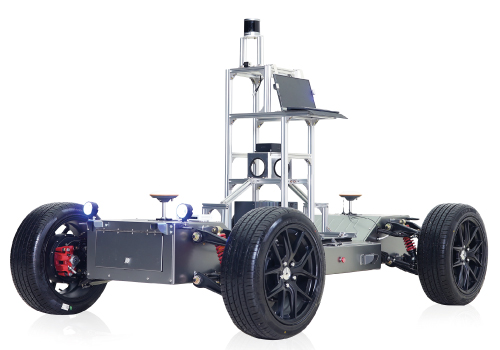
Edutech PIXKIT, full-stack, cost-effective, and high-performance, supports open-source autonomous driving software Apollo and Autoware, as well as platforms like ROS, MATLAB/Simulink and more. With software and hardware platform stacks, plus comprehensive user manuals and documentation. Edutech PIXKIT is dedicated to lowering the entry barrier to autonomous driving development. It empowers academic professors, educational experts, developers, and general engineers to quickly develop and deploy autonomous vehicles, build/test algorithms, and launch AV demonstrations, sparking more possibilities.
Moving Space for the Next-gen Mobility-as-a-Service Experience

PIX builds smart vehicle Robobus to reshape the way people live, work and entertain. With flexible architecture and modular design, Robobus is adaptable to suit a wide range of robo-vehicle applications: unattended vending car, mobile office, self-driving hotel, autonomous delivery, moving karaoke and more moving space possibilities. PIX products have expanded to 20+ countries around the world. Taco trucks, coffee machines, and photo booths will all become autonomously routed and freely moving parts of cities
PIXMoving
Cafe
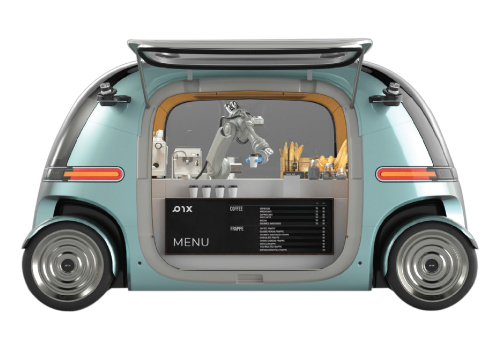
We put safety first and are committed to providing passengers with a comfortable and diverse experience."
Coffee is very important to people. Even if the company's tea room already has a fully automatic coffee machine, it is always hard to refuse the coffee that can be delivered to the door.
PIXMoving Office
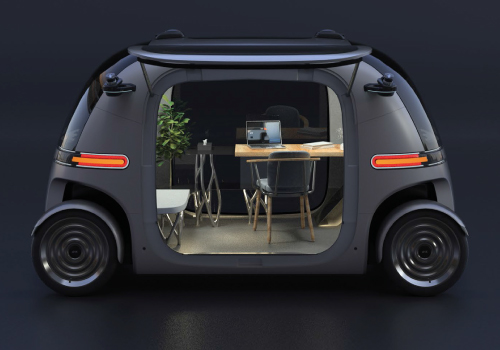
We put safety first and are committed to providing passengers with a comfortable and diverse experience.
Provide a temporary mobile office area to meet the needs of small meetings, offices, etc.
PIXMoving Retail

"We put safety first and are committed to providing passengers with a comfortable and diverse experience."
Large retail restaurants are scattered around, and retail restaurant options within walking distance are low. Let the retail
Urban Electric Vehicles -NEV
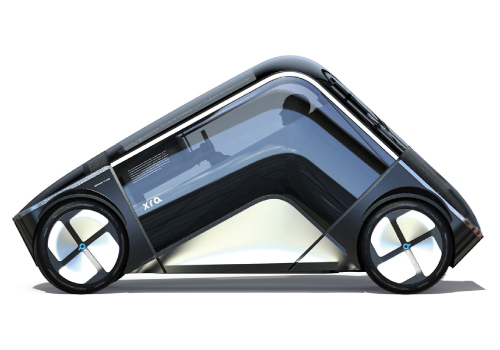
NEV is a micro four-wheel electric vehicle that is small in size and light in weight. This type of electric vehicle is a more economical and sustainable choice for urban travel. It is based on modular design, carrying 2 persons and its max speed is 90k/h. The micro electric four-wheel vehicles with smaller size and lower top speed are the best solution to achieve sustainable transportation.
PIXBOT
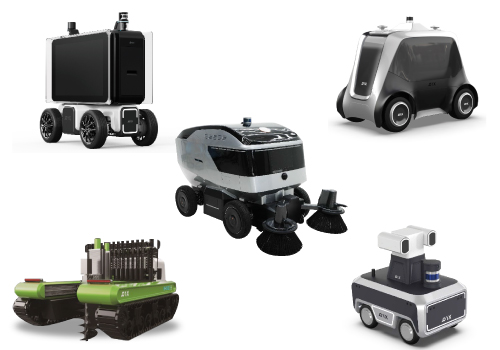
Scenarios:
Semi-closed area urban services such as street cleaning, security, advertising, charging and delivery etc.
Clients:
Delivery, cleaning, greenery enterprises and autonomous driving companies.
Sweeping Robot
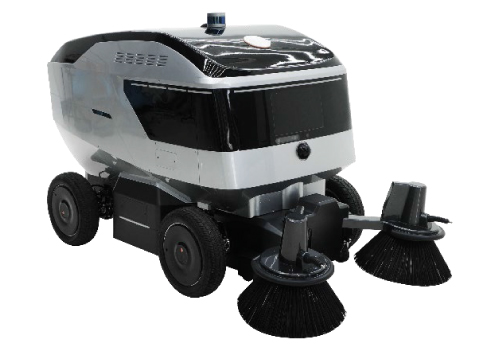
Through intelligent algorithms and fast adaptive drawing of high-precision maps, the sweeping robot can plan its own path and clean flexibly when dealing with complex road conditions. Simple operation, intelligent operation, real-time monitoring, safe and stable, solving the problem of high labor cost and management cost.
Clients:
Urban sanitation department, technology park or amusement park operating company, shopping mall, hotel, hospital, airport, trainstation, stadium, etc.
Full-Stack Static Training Platform for Autonomous Driving
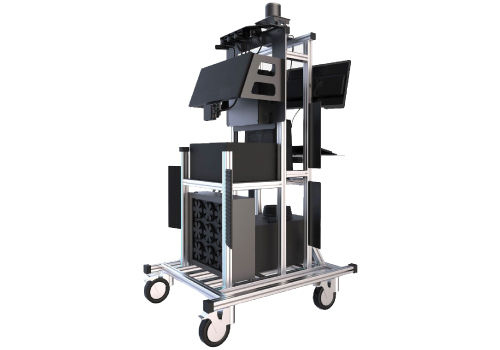
This platform is specifically designed for training autonomous driving. It can accommodate various perception equipment such as a 16/32/128-line lidar, 77GHZ mm-radar, ultrasonic radar, integrated navigator, multi-sensor fusion box, and up to 5 cameras. It uses a high-performance computing unit for data processing, decision-making, and auxiliary equipment such as the display. This platform is handy for training projects on sensor principles of intelligent networked vehicles, function testing, parameter adjustment, fault detection, sub-fusion calibration, and hardware testing.
L4 Autonomous Driving Passenger Vehicle Rooftop Sensor Fusion Unit
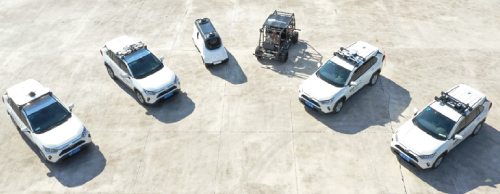
It follows SAE L4 passenger vehicle autonomous driving technology standard to develop urban public road autonomous vehicles. We possess core autonomous driving technologies such as advanced early-stage fusion perception, fusion hardware design, planning & control, multi-sensor fusion localization, control-by-wire chassis, high-precision map tools, tool-chain, and visualization. These technologies are encapsulated into modular products, aligning with the most advanced global development path for autonomous driving. It is at the forefront of this development path.
Drivable Testing Vehicles (DTV)
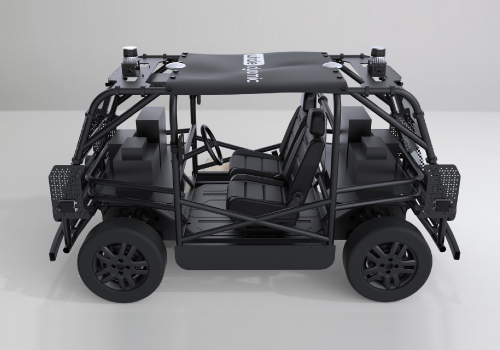
The Drivable Testing Vehicles (DTV) is a platform that enables both autonomous driving and manual driving in parallel. The vehicle is designed to carry out intensive on-road testing, algorithm deployment, and preliminary autonomous driving task. The DTV can provide all-round assistance to vocational education and academic research institutions, assist instructors, students, as well as enterprise R&D engineers to quickly get started with the vehicles-based test, and promote the rapid implementation of the autonomous driving solution at reasonable cost levels.
Aerial & Multi-Agent Autonomous Vehicles Studio
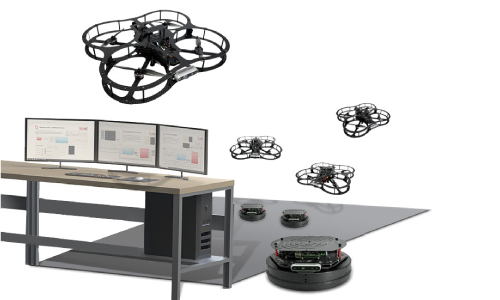
Advancement in technology and innovative applications has led to the proliferation of unmanned vehicle research. Many application areas have emerged that require not only multiple vehicles but collaboration between multiple vehicle types. The diversity and complexity of these applications present significant challenges to researchers and developers, such as increasing difficulty in setting up and maintaining the evolving and growing drone fleet, as well as the need for standardized validation and verification platform to facilitate development, evaluation, and analysis. Quanser's new Autonomous Vehicles Research Studio is the ideal solution for academics looking to build a multi-vehicle research program in a short amount of time.
Autonomous Drone Labs
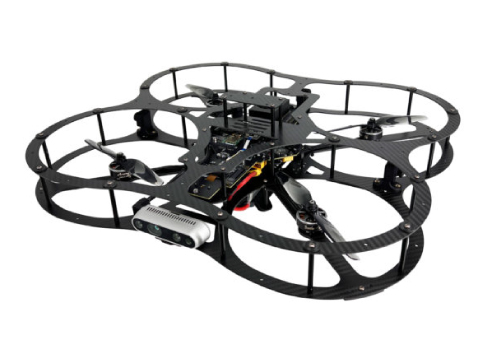
Quanser innovation unleashed in the autonomous vehicle research space
The Quanser QDrone 2 autonomous air vehicle is a midsized quadrotor equipped with a powerful on-board NVIDIA® Jetson Xavier™ NX system-on-module (SOM), multiple high resolution cameras and built-in WiFi. This open-architecture research-grade drone is tuned to accelerate your innovation in multi-agent, artificial intelligence, machine learning, and vision-based applications. The optimized and robust carbon fibre frame makes the QDrone 2 highly manoeuverable and capable of withstanding high-impact collisions without down time for repairs between flights.
Pilot.Auto and Web.Auto enable our developers and partners to create affordable autonomous driving systems on a timely basis.
Pilot.Auto provides a scalable platform, embracing the basic functionality and capability of autonomous driving systems, upon which our developers and partners can create affordable complete systems based on our reference design, satisfying their requirements in a wide range of applications. Web.Auto provides a cloud-native DevOps platform incorporating software tools and data pipelines as a service, which helps our developers and partners to save development cost and reduce time to market without compromising the quality of their final product.
Pilot.Auto
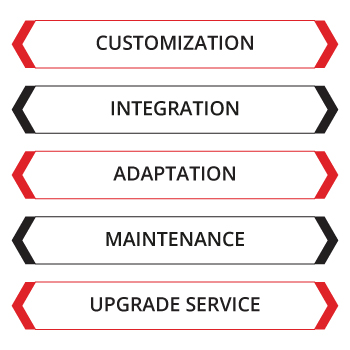
CUSTOMIZATION
- Use case development and/or quality enhancement over OSS version Autoware
INTEGRATION
Sensor/ECU Supply Service
- Supply of Sensors and ECUs based on customer specification
- Collection of vehicle and sensor data
- Test and evaluation (algorithm, sensors etc.)
ADAPTATION
- ODD Assessment/Risk Assessment
- Evaluation of service/operation plan
- Vehicle adaptation on actual field
Map Service
- Defining the requirements and the specification of building a map that meets the environment
- Assess quality and reliability of the built map
MAINTENANCE
- Technical support for preventive maintenance (in accordance with maintenance plan)
- Bug fix, troubleshooting
UPGRADE SERVICE
- Upgrade test (virtual and/or real environment),
- OTA setup, OTA execution support
Web.Auto
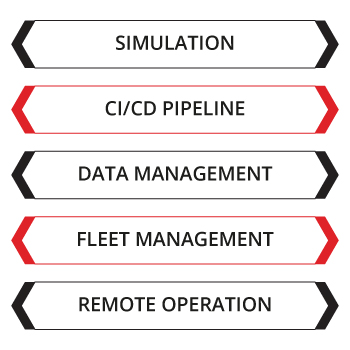
SIMULATION
- Driving and traffic simulation
- Reproduction of real-life events from driving logs
- Sensor simulation with realistic physics
- Generation of synthetic data for ML model training
CI/CD PIPELINE
- AD-optimized CI/CD pipeline to perform builds, testing, simulations, and deployment of binaries and ML models
- Heavily-parallelized simulator executions
- Rich tooling to allow quick discovery of issues
DATA MANAGEMENT
- Efficient and smart driving log upload from vehicles
- Management of maps, test scenarios, and ML models
- Driving log search and support for training/test datasets creation
- Highly secure and available
FLEET MANAGEMENT
- Scheduling and tracking of registered vehicles
- Data post-analyses and maintenance planning
- Over-the-Air (OTA) software update
- API for custom 3rd party apps
REMOTE OPERATION
- Remote vehicle-status monitoring
- Emergency remote assistance
- Emergency remote driving
85+ INSTITUTIONS
100+ RESEARCH PAPERS PUBLISHED
1998
Next Gen of Research Drone
3 DOF UFO, 3 DOF Helicopter and 3 DOF Hover were Quanser's first commercially available motion validation systems for research in flight dynamics and aerial vehicles control.
2006
Intelligent Remote Sensing Using ALTAV
Precarn-funded research project with Defense R&D Canada, focused on the improvement of UAV technology and allowing missions to be reconfigured during flight quickly, reliably and safely.
2007
Flying Quadcopters
With the improvements in IMU, processors and battery technologies, actual flight systems became possible and affordable. Quanser responded with the first open-architecture quadrotor solution for indoor autonomous robotics research, Qball-X4.
Cooperative Control System for Multi-mission Networked Heterogeneous UVs
2008
Multi-vehicle Systems Lab
Addition of Qbot, an autonomous ground robot, expanded the scope of research applications into heterogeneous multi-vehicle collaboration, formation control, and other similar areas.
Enhanced UGV via haptic and tactile feedback
2022
Next Gen of Research Drone
Now introducing a mid-sized drone to accelerate research in multi-agent, swarm and vision-based applications.
Introduced turnkey Autonomous Vehicle Research Studio Digital Twin with MR & Unreal engine
Some of our prestigious clients
